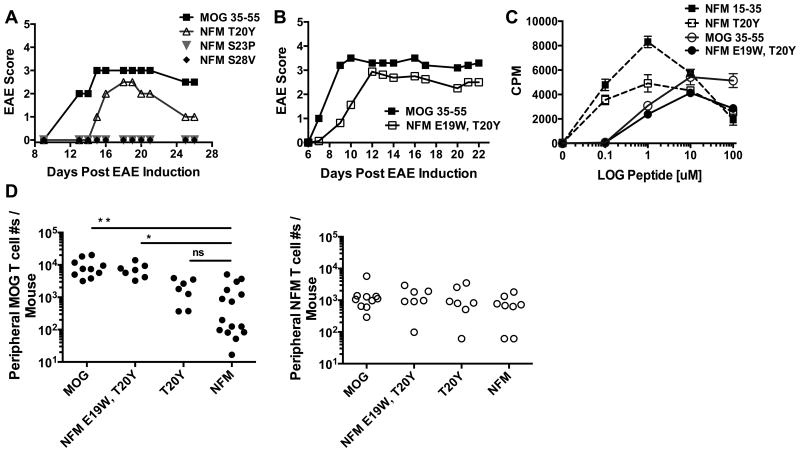Figure 4. NFM variants at amino residues P1 and P-1 restored MOG38-40 tetramer detection and encephalitogenic incidence to 100%.
A) Synthesized variant peptides of NFM15-35 were used to induce EAE in C57BL/6 mice and disease course was monitored (panels A-B and Table II). Panel A is the graphical version of Exp. 1 and panel B is the graphical version of Exp. 5 detailed in Table II. The experiments represented in A-B were performed 2 times. C) 2D2 T cell dose response curves for NFM15-35, MOG35-55 and NFM variants. This experiment was performed 1 time in duplicate. D) MOG specific T cell numbers from the periphery at d22 post challenge were enumerated with MOG38-49 and NFM18-30 tetramers. Statistics between indicated peptide challenges were performed with 2-tailed unpaired, parametric t tests with the following designations ** p<0.0001 with F test variance p<0.0001, * p<0.0001 with F test variance of p=0.01 and T20Y versus NFM15-35 was not significant with p=0.245 and F test variance p=0.857. MOG35-55 versus ‘NFM E19W, T20Y’ has p=0.455 and exhibited no significant differences in means or F test variances. Expansion of NFM specific T cell numbers in the periphery were also assessed and no overall differences were seen by ordinary one-way ANOVA p=0.63.

